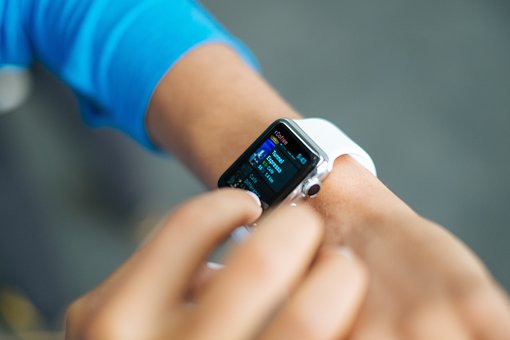Oct 9
2019
What’s New In Medical Tech For 2020?
 As the U.S. population ages and the percentage of citizens over 65 continues to increase, healthcare consumers are taking advantage of a whole new generation of medical technology. Sociologists and anthropologists have been writing about that fact that millions of oldsters are delaying retirement until well past their seventies. Indeed, it’s not unusual for senior citizens to embark on new careers, sell insurance policies to life settlement companies for cash and basically reposition themselves for a completely new way of living.
As the U.S. population ages and the percentage of citizens over 65 continues to increase, healthcare consumers are taking advantage of a whole new generation of medical technology. Sociologists and anthropologists have been writing about that fact that millions of oldsters are delaying retirement until well past their seventies. Indeed, it’s not unusual for senior citizens to embark on new careers, sell insurance policies to life settlement companies for cash and basically reposition themselves for a completely new way of living.
The new year will usher in several new medical technologies that will help everyone live longer, healthier, happier lives. Forty might be the new 30, and 50 the new 40, but once 2020 rolls around the catchphrase might become, “70 is the new 50.” Here’s a peek at what senior citizens, and everyone else, will be dealing with next year and beyond:
Wearables
So-called “wearable technology devices” have been around for a while. They include items like blood-pressure cuffs, blood-sugar monitors and even brain-wave devices. They all have one major concept in common: real-time data is relayed back to medical professionals who can see important changes in the patient’s vital signs and other essential anatomical parameters.
In 2018 and 2019, the use of wearables exploded when cost for many devices came way down. Now, as 2020 approaches, the majority of healthcare consumers are becoming aware of what wearables are and what they can do. For heart patients, a wearable monitor can mean the early detection of trouble. Anyone who has suffered a stroke is a prime candidate for wearable technology. In practical terms, wearables are almost like having a doctor by your side every minute of the day but without the cost.
Voice Activation
Voice-activated everything is one of the fastest-growing trends in several fields, medicine included. Heart monitors no longer need to be reset by hand but can simply be commanded to “reset at base level and reset start date.” But that’s just the tip of the iceberg for seniors, millions of whom reside in care facilities. The beauty of voice activated devices means that oldsters need not know how to interface with keyboards and tablet screens. A simple word or phrase is all that’s needed to turn on lights, open secure doors and inform nurses that everything is okay.
Telemedicine
What was once a futuristic dream in 1960s television shows is now full-blown reality. You no longer need to travel to the clinic in order to “see” a doctor. Especially in rural areas, where long-distance drives are a burden for ailing and elderly patients, telemedicine has caught on. A standard Internet connection and a decent camera are all that’s needed for a virtual visit to the doctor. At fist only popular with psychiatrists and psychologists, tele-visits are now commonplace for routine physical checkups. Experts say that medical teleconferencing and tele-checkups will become the norm rather than the exception in 2020, as more health organizations look for ways to eliminate costly in-person patient interactions. The estimated cost of a telemedicine checkup is about one-third the cost of an in-person visit.